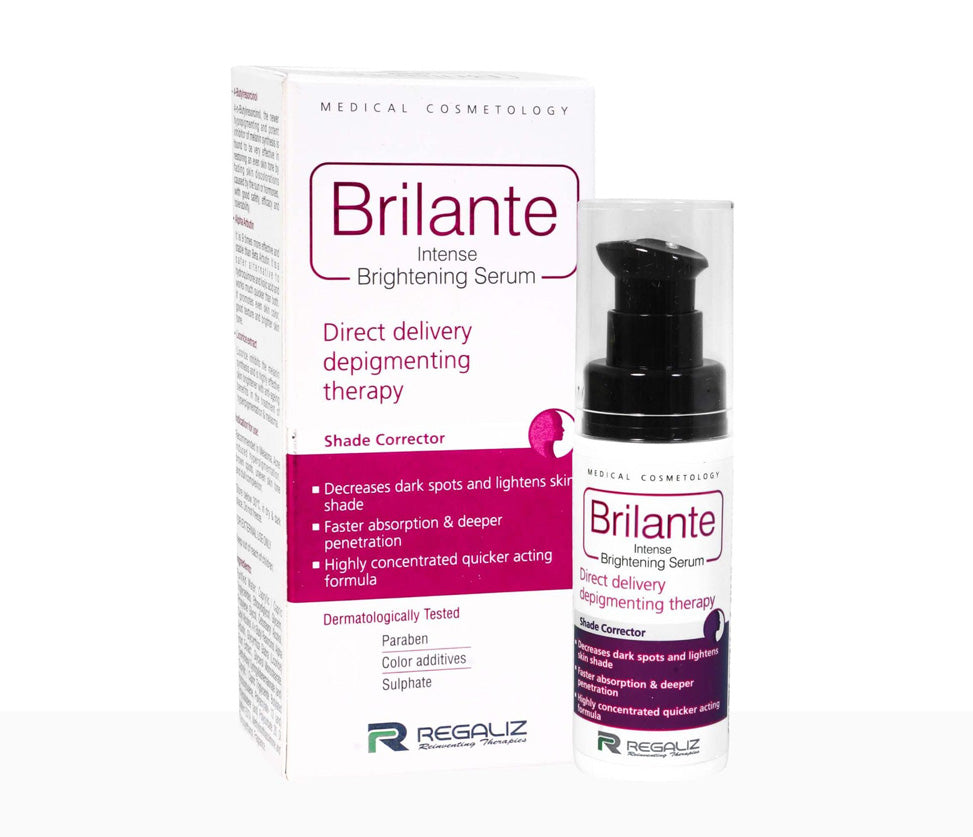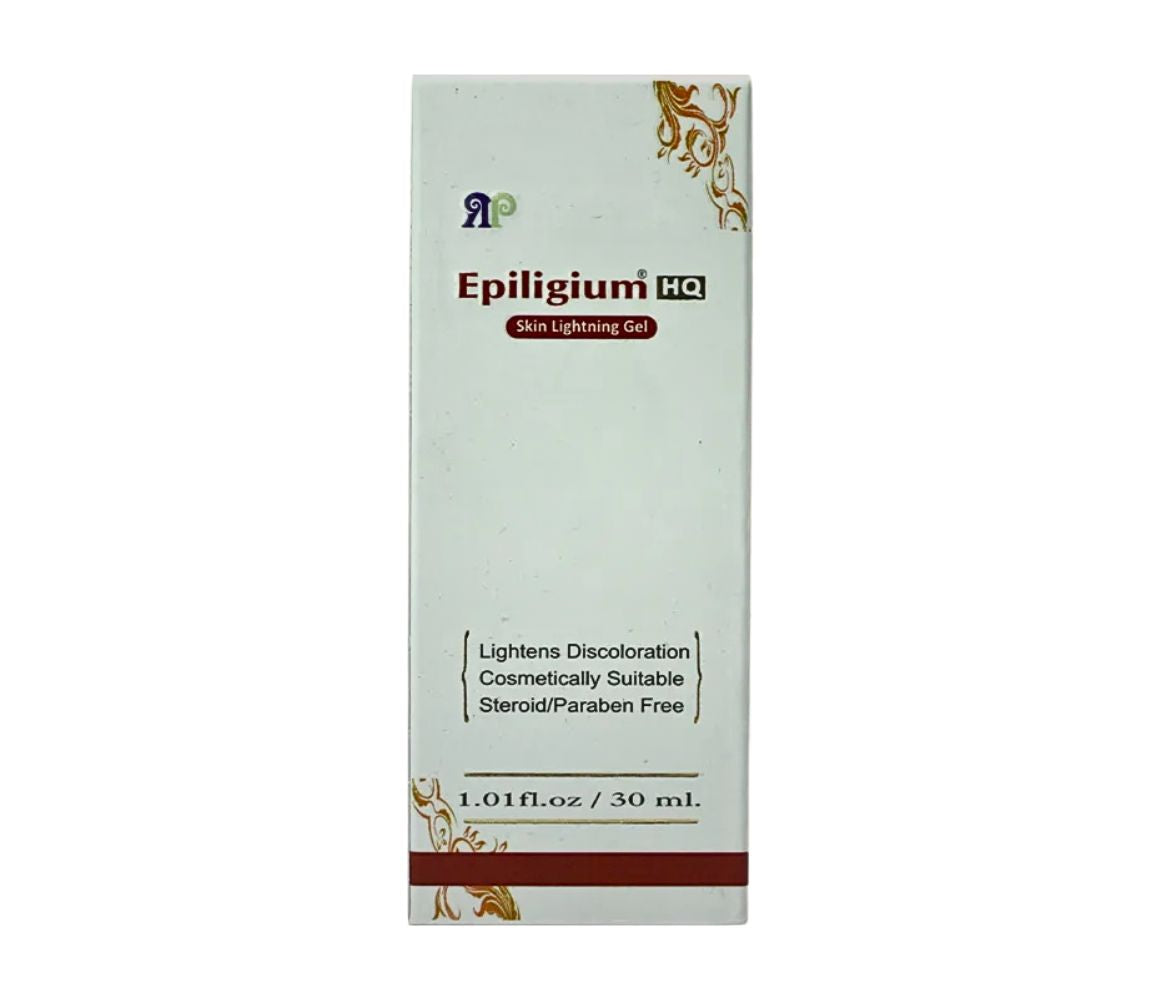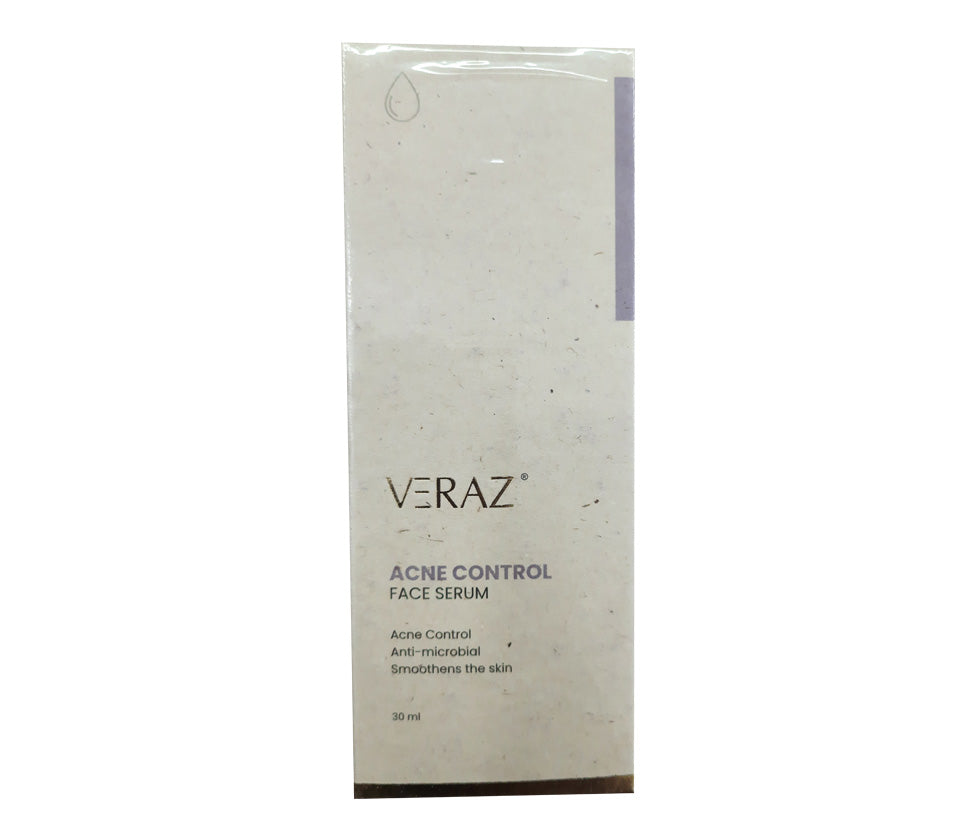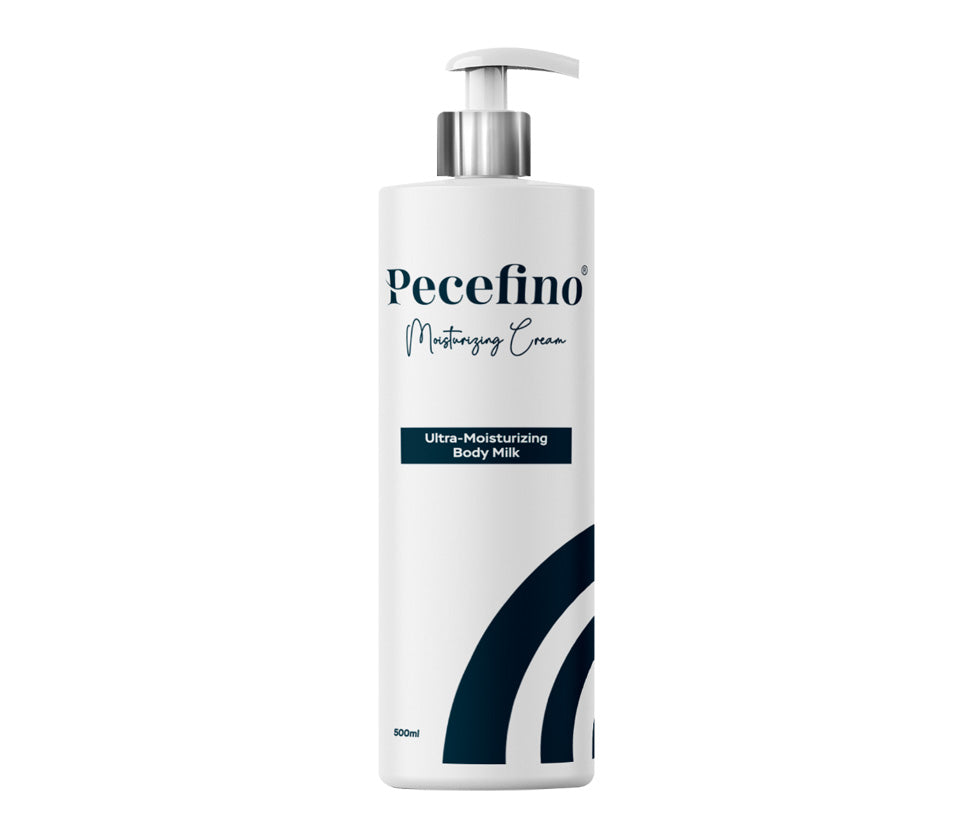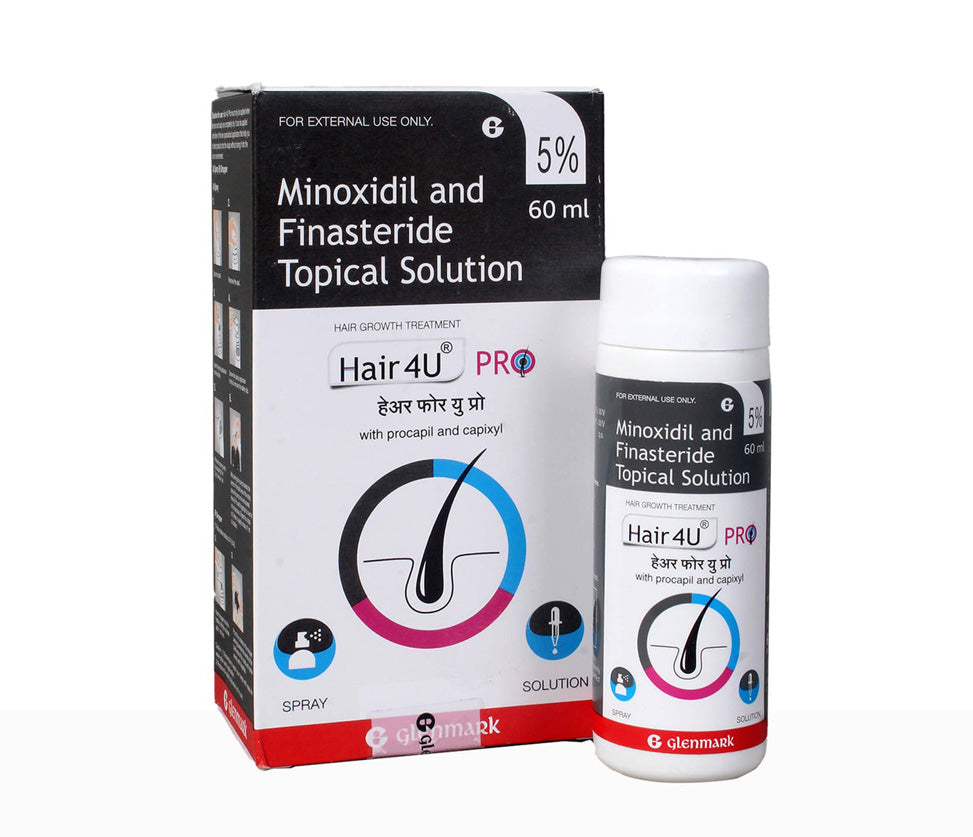How to Treat Maskne the Right Way: A Realistic Guide for Clearer Skin

If you find yourself talking about “maskne” as much as you do about masks themselves, you’re definitely not alone. Since mask-wearing became a daily routine, many of us have noticed an uptick in breakouts and skin irritation, so much so that “maskne” has become a regular part of our skincare vocabulary. While masks are essential for our health, especially in crowded or public settings, they can also create the perfect breeding ground for acne by trapping sweat, oil, and bacteria close to the skin.
But here’s the silver lining: you don’t have to pick between protecting yourself and having healthy skin. With a few smart changes and the right products, you can prevent and treat maskne without sacrificing safety. Let’s walk through how to treat maskne the right way, using expert advice and dermatologist-recommended products from DelMeds.
Understanding Maskne: What Is It and Why Does It Happen?
Maskne is a specific type of acne called “acne mechanica.” This form of acne isn’t new—athletes who wear helmets or chin straps have dealt with it for years. The difference now is that masks are a daily accessory for almost everyone. The constant friction, pressure, and humidity from wearing a mask can irritate the skin, damage its protective barrier, and trap pore-clogging debris.
Typical Signs and Symptoms of Maskne
- Whiteheads and blackheads that pop up around the jaw, cheeks, chin, and nose
- Small, sometimes painful bumps or cystic pimples
- Redness and visible irritation, especially where the mask touches the skin
- Itchiness or sensitivity in mask-covered areas
- Dry, flaky patches, particularly if your skin is already sensitive
What Causes Maskne? The Main Triggers
Understanding what’s behind maskne can help you prevent and treat it more effectively. Here are the main culprits:
1. Friction and Pressure
Masks rub against the skin, especially around the nose, chin, and cheeks. This ongoing friction can cause tiny breaks in the skin’s surface, leading to irritation and making it easier for bacteria to enter.
2. Trapped Moisture and Heat
When you breathe into a mask, moisture and heat build up inside. Combined with sweat and natural oils, this creates a warm, damp environment—ideal for acne-causing bacteria to thrive.
3. Bacterial Build-Up
If you reuse masks without washing them, bacteria, oil, and dead skin cells accumulate. Each time you put on a dirty mask, you’re pressing those irritants right back onto your skin.
4. Occlusion (Blocked Pores)
Masks can trap makeup, sunscreen, and sebum against your skin, leading to clogged pores and, ultimately, breakouts.
How to Treat Maskne the Right Way: Step-by-Step Solutions
Now that you know what causes maskne, let’s get into actionable solutions. Here’s how to keep your skin clear and comfortable, even if you’re wearing a mask all day.
1. Cleanse Gently, But Thoroughly
Washing your face is the first line of defence. But harsh cleansers can strip your skin and make things worse. Opt for a mild, pH-balanced face wash that removes impurities without damaging your skin barrier.
Product Pick: Meconus Acnola Acne Face Wash
This cleanser features salicylic acid to clear out pores and niacinamide to calm inflammation, making it perfect for skin prone to maskne.
Pro Tip: Cleanse your face both before and after wearing a mask. This helps remove sweat, oil, and bacteria that build up throughout the day.
2. Moisturise to Protect Your Skin Barrier
Skipping moisturiser is a common mistake, even for those with oily or acne-prone skin. A lightweight, non-comedogenic moisturiser acts as a shield between your skin and your mask, reducing friction and irritation.
Product Pick: Hydracoat Moisturising Cream
Packed with ceramides and glycerin, this cream hydrates without clogging pores and soothes skin stressed by mask friction.
Look For: Ingredients like hyaluronic acid, panthenol, or squalane, which help reinforce your skin’s natural barrier.
3. Use Targeted Treatments for Breakouts
Rather than layering on multiple products, keep things simple. Use a spot treatment or serum that addresses breakouts caused by occlusion and irritation.
Product Pick: Fixderma Skarfix TX Cream
This gentle formula helps fade acne marks and pigmentation while reducing active breakouts—ideal for treating maskne scars.
How to Use: Apply only to the affected areas to avoid unnecessary dryness or irritation.

4. Choose the Right Mask Fabric
The fabric of your mask matters more than you might think. Soft, breathable materials like cotton or silk are best for sensitive skin.
Avoid:
- Synthetic fabrics that can trap heat and moisture
- Reusing disposable masks
- Wearing dirty or sweaty cloth masks
Best Practice: Wash reusable masks after every use with a fragrance-free detergent to avoid further irritation.
5. Minimise Makeup Under Your Mask
Heavy foundation and humidity don’t mix well. If you need makeup, opt for non-comedogenic formulas and keep it as light as possible.
Pro Tip: Powder-based mineral makeup is less likely to clog pores than liquid formulas, especially in warm, humid conditions.
6. Don’t Skip Sunscreen
Even if your mask covers half your face, sunscreen is still a must. It not only protects against UV rays but also helps prevent irritation from mask friction.
Product Pick: Aclaris Photon Tint 360 Sunscreen SPF 50
This matte, tinted sunscreen leaves no white cast and helps even out skin tone—perfect for sensitive, acne-prone skin.
7. Repair Your Skin Barrier at Night
Nighttime is when your skin does most of its healing. Use products that restore the skin barrier, reduce redness, and calm inflammation.
Ingredients to Look For:
- Niacinamide: Balances oil and calms redness
- Centella Asiatica: Soothes irritation
- Panthenol: Helps rebuild the skin barrier
Product Pick: Nosoap Gentle Face & Body Cleanser
This soap-free, fragrance-free cleanser is ideal for sensitive or inflamed skin, making it perfect for your nighttime routine.
Quick Tips to Prevent Maskne
- Wash your face before and after wearing a mask
- Moisturise before putting on your mask to reduce friction
- Clean reusable masks daily
- Take mask-free breaks whenever it’s safe to do so
- Avoid touching your face or adjusting your mask frequently
- Stick to a simple, consistent skincare routine
When Should You See a Dermatologist?
If your maskne:
- Turns into painful cysts
- Leads to pigmentation or scarring
- Doesn’t improve with over-the-counter products
- …it’s time to book a visit with a dermatologist for a personalised treatment plan.
Final Thoughts
Maskne is a real challenge, but it doesn’t have to be a permanent part of your life. With a consistent skincare routine, the right products, and a few tweaks to your mask habits, you can protect both your skin and your health.
At DelMeds, we’re committed to offering solutions that are backed by science and tailored to real skin concerns. Whether you’re battling daily breakouts or looking for gentle products to keep your skin barrier strong, our range has you covered.
Explore our full skincare collection and discover what works best for your skin.
Ready to say goodbye to maskne? With these tips and the right products, clear, comfortable skin is within reach—even in a mask.
DISCLAIMER : This website provides general information for educational purposes only and should not be considered a substitute for professional medical advice, diagnosis, or treatment. Always seek the guidance of a qualified healthcare professional with any questions you may have regarding a medical condition. Do not disregard professional medical advice or delay seeking it because of information you've read on this website. Your health is important – when in doubt, consult a doctor.


